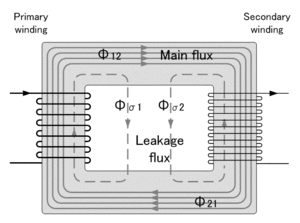My understanding is that any two charge carriers will exhibit what is known as mutual capacitance. That is, there is an amount of charge that can be stored between any two objects, which is called mutual capacitance (typically just called capacitance).
As answered here, it seems very clear to me that this capacitance will increase when two objects of opposite charge come closer. (You generate a stronger electric field which draws more holes to the positively charged object and more electrons to the negatively charged object).
As I see it, mutual capacitance exists between any two positively (or negatively) charged objects. According to the Wikipedia stub for Mutual Capactiance, no distinction is made about the charges, and it plainly says:
All objects in the universe, conducting or non-conducting, that hold charge with respect to another exhibit capacitance. An object's capacitance increases when another object is brought closer to it.
The following diagram demonstrates what my question is about:
Since the right side has a larger (magnitude) charge than the left side, I'd expect the net field to go from right to left. (If I threw a proton in the field, it would repel more from the right and end up on or close to the left).
But as I bring these two objects closer together I would expect that the capacitance would decrease because the right side would attract electrons from the left side, forcing out the holes in the left to some other part of the system.
Conversely, if the objects were moved further apart, I'd expect the field to diminish to the point where both objects have no effect on each other. This would cause the capacitance to increase to its maximum.
So, what is true? Does the mutual capacitance increase or decrease for these two objects as they come closer? Is it even possible for these two objects to have a capacitance if they have like charges (both positive in this case)?
I may need to open up another question for this, but I'm trying to see how mutual capacitance is used for proximity/touch sensing. As it seems right now, I can't tell how this mutual capacitance can be monitored if only one object is connected to the sensor system, while the target (a human hand for example) is not connected.


Best Answer
Mutual capacitance is independent of the actual charges that may exist. It is only a function of the geometry of the capacitor and the dielectric constants of the materials involved. In general, for a parallel plate capacitor, the capacitance is inversely proportional to the distance between the plates. So therefore if the plates are brought closer, the capacitance will increase. However, the value of this capacitance depends only on the size of the plates and the dielectric properties of the material between the plates. The value of capacitance is not affected by whatever charges may be present.